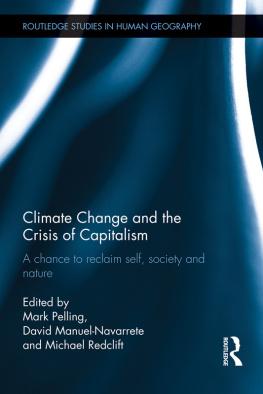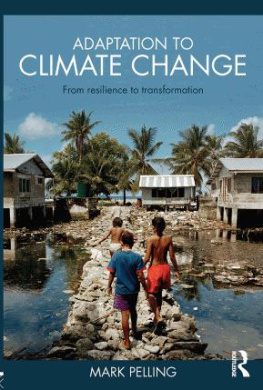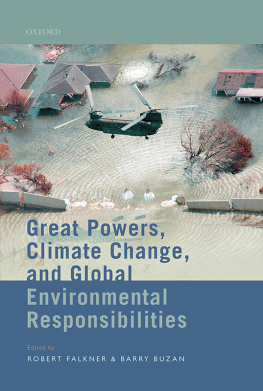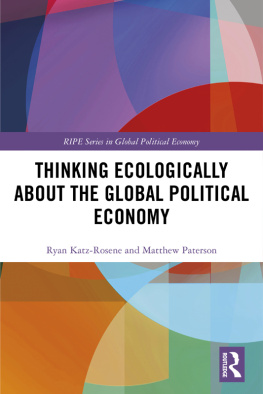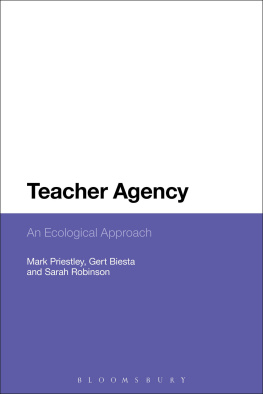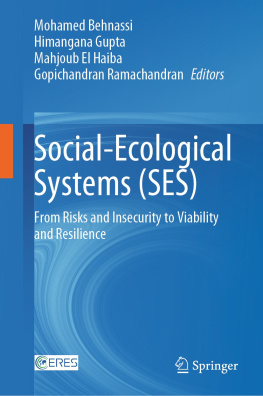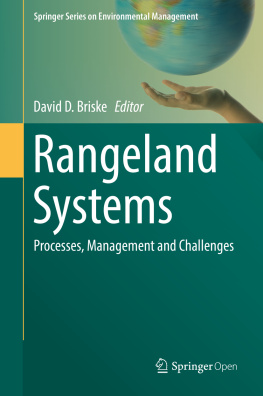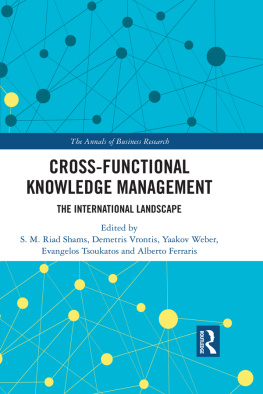Megacities and the Coast
Based on a major international study, this volume provides a synthesis of scientific knowledge on the urbanisation processes, environmental impacts, and policy response options, and disaster risk management challenges that are associated with coastal megacity development. It is the primary output of a major international scientific project sponsored by the International Geosphere Biosphere Programme, the Land-Ocean Interactions at the Coastal Zone programme of IHDP/IGBP and others. It brings together the work of over 60 contributing authors and an international review board.
This volume presents the international policy and academic community with an unbiased and high-quality assessment of social-ecological systems interaction in coastal megacities. One of its main messages is that while we know a great deal about megacities of more than ten million people and about urban processes, and about coasts and their physical and ecological processes (aquatic, physical and atmospheric), there is relatively little work that focuses primarily at points of intersection between these. The book responds to this gap by providing the first global synthesis of megacity and large urban region urbanisation on the coast. Its focus is on environmental and development challenges, climate change and disaster. It is interdisciplinary and brings together world-recognised scientists (including many IPCC lead authors) on urban climate and atmosphere, disaster risk management, demography and coastal environments.
Mark Pelling is Professor of Geography in the Department of Geography at Kings College London, UK.
Sophie Blackburn is a Research Associate in the Department of Geography, Kings College London, UK.
First published 2013
by Routledge
2 Park Square, Milton Park, Abingdon, Oxon, OX14 4RN
Simultaneously published in the USA and Canada
by Routledge
711 Third Avenue, New York, NY 10017
Routledge is an imprint of the Taylor & Francis Group, an informa business
2013 Mark Pelling and Sophie Blackburn for selection and editorial material; individual chapters, the contributors
The right of Mark Pelling and Sophie Blackburn to be identified as author of their part of this work, and of the individual authors for their contributions has been asserted by them in accordance with sections 77 and 78 of the Copyright, Designs and Patents Act 1988.
All rights reserved. No part of this book may be reprinted or reproduced or utilised in any form or by any electronic, mechanical, or other means, now known or hereafter invented, including photocopying and recording, or in any information storage or retrieval system, without permission in writing from the publishers.
Trademark notice: Product or corporate names may be trademarks or registered trademarks, and are used only for identification and explanation without intent to infringe.
British Library Cataloguing in Publication Data
A catalogue record for this book is available from the British Library
Library of Congress Cataloging-in-Publication Data
A catalog record has been requested for this book
ISBN13: 978-0-415-81504-8 (hbk)
ISBN13: 978-0-415-81512-3 (pbk)
ISBN13: 978-0-203-06642-3 (ebk)
Typeset in Sabon and Gill Sans by
Florence Production Ltd, Stoodleigh, Devon, UK
Contents
SOPHIE BLACKBURN AND CSAR MARQUES
ANTJE BRUNS
ANDREA FERRAZ YOUNG
C.S.B. GRIMMOND
JESSICA LAMOND
JOERN BIRKMANN, MATTHIAS GARSCHAGEN, ADRIANA LOPEZ, MARK PELLING, NINA QAIEM MAQAMI AND QINGNIAN YU
MARK PELLING AND SOPHIE BLACKBURN
Source: UN-HABITAT (2008, pp.6)
Source: UN-HABITAT Global Urban Observatory (UN-HABITAT 2008, pp.11)
Source: City population data sourced from UN-DESA (2012b) World Urbanisation Prospects 2011 table on the thirty largest urban agglomerations. Hazard data sourced from Klein et al. (in Kreimer et al., World Bank, 2003, pp.104), Caljouw et al. (2005), Li (2003), Nur et al. (2001), Ward et al. (2011) and expert judgement. World map provided by Natural Earth (available from www.naturalearthdata.com).
Cartographer: P. Rekacewicz, 2006. Sources: Burke et al., 2001, Harrison et al., 2001 http://www.grida.no/graphicslib/detail/coastal-populations-andshoreline-degradation_eba3
Notes: (a) Cities with more than 5 million (small squares) or 10 million (large squares) population. (b) Earthquakes of the last 1000 years known to have killed more than 10 000 (red dots) or 100 000 (yellow dots) people. There are 113 earthquakes in this figure, many of their symbols overlying each other. A total of 34 of these earthquakes occurred in the last 100 years alone. (c) Histogram of the number of earthquakes killing more than 10 000 (grey) or 50 000 (red) people per century. Source: Jackson (2006)
Cartographer: Hugo Ahlenius, Nordpil
Notes: (left) National Weather Services 12 km resolution North American Model (NAM) (not urbanised); (middle) ~1 km resolution urbanised Coupled Ocean-Atmosphere Mesoscale Prediction System (COAMPS); and (right) observations. (Top row) mean temperature for June 710, 2011 with the NYC UHI visible; and (bottom) 1500 h on June 8, when a sea breeze cooled southern Long Island, on the right side of the map. Data courtesy of NOAA (NOS-PORTS, NWS-ASOS, NWSHADS, Urbanet), Rutgers NJ Weather and Climate Network, APRSWXNET, AWS Convergence Technologies, Inc. (WeatherBug), and Weatherflow, via Mark Arend (NYCMetNet).
Notes: (06 UTC 30 June 2005) (1.67-km deterministic ensemble member) of condition at 10-m (a) wind speed and air temperature (contours every 0.4 C), and (b) dew point depression (conoturs every 0.4 C) plus vertical velocity greater than 5 cm s-1 at 210-m (black dashed contours) and station observations of air and dew point temperature (C) and wind (full barb=5 m s-1). Solid line shows urban extent. In (a) the heavy solid line is deterministic model location of sea breeze front, box - shows the ensemble spread of sea breeze front location (Holt et al. 2009).
Notes: 103 dosage contour from 12-hour COAMPS Nest 4 (1.67 km) ensemble members initiated June 30, 2005.
Notes: Difference between the HadRM3 climate model (coastal megacities of London, in addition Paris, Ruhr Valley region, Europe) with and without urban land surface for temperature (C), convective precipitation (%), 10 m wind speed (%), and net primary productivity (NPP, %). The NPP data have been weighted to represent the productivity per unit area of vegetation, rather than total area.
Notes: Modelled annual temperature differences using NCAR urban canyon model (Oleson et al., 2008a, 2011; Jackson et al., 2010) (a) the difference between urban and rural diurnal temperature range (DTR) in the Vancouver parameter simulation; (b) the difference between urban and rural DTR in the global parameter simulation; and (c) the difference between urban and rural DTR between the Global and Vancouver parameter simulations.
Notes: The 1%, 5%, and 10% urban land cover contours are overlain for (black) 2005 and (red) 2100. For this experiment the urban land cover remained fixed at 2005 levels.
Notes: Ensemble mean results for the North East Coast of North America (coastal megacity of New York City) from 16 GCMs for the A1B emission scenario for the 2080s relative to the 197099 base period for (a) temperature and (b) precipitation (Horton et al. 2011). A1B emission scenario (http://www.ipcc.ch/ipccreports/tar/wg1/029.htm#storya1) assumes rapid economic growth with the peak in global population mid-century and technological advances are efficient but balanced across energy sources. ( American Meteorological Society. Used with permission.)


